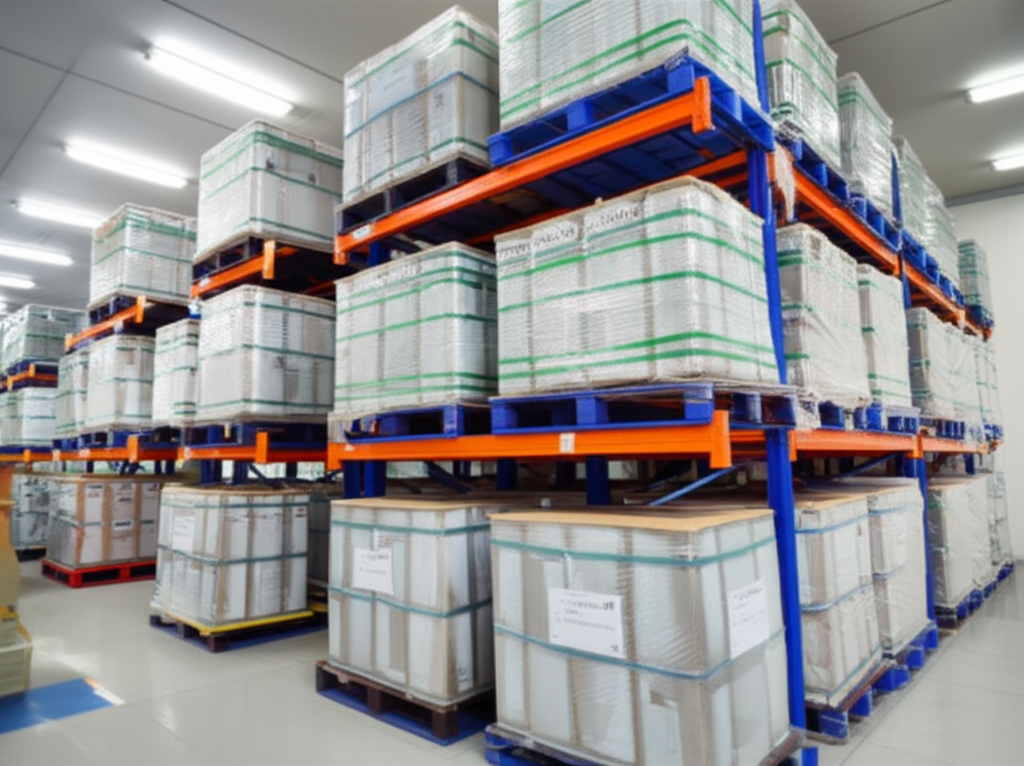Formic acid, chemically known as methanoic acid, is the simplest carboxylic acid, identified by its CAS number 64-18-6 and chemical formula HCOOH or CH2O2. This fundamental organic compound, naturally found in the venom of ants and the stinging hairs of nettles, holds immense significance across a spectrum of industrial applications due to its unique chemical properties and versatile functionality. Its widespread utility underscores its indispensable role in modern chemical processes and manufacturing.
As a colorless liquid with a characteristic pungent, penetrating odor, formic acid exhibits remarkable physical and chemical attributes. It is fully miscible with water and most polar organic solvents, showcasing its adaptability in various formulations. Unlike many other carboxylic acids, formic acid uniquely functions as both a carboxylic acid and an aldehyde, granting it strong reducing properties. This dual nature allows it to serve effectively as both an acidifying and a reducing agent, enhancing its potential for diverse industrial uses. While concentrated forms are corrosive and require careful handling, its lower toxicity in diluted forms permits its use in numerous applications, including as a food additive (E236) in some regions.
One of the most prominent applications of formic acid is within the natural rubber industry. Here, it is widely recognized as an efficient coagulant for natural rubber latex. Its ability to destabilize the colloidal suspension of rubber particles is critical, facilitating their transformation into a solid mass. This process is fundamental to the production of raw rubber sheets, making formic acid a key enabler for the global rubber supply chain. Furthermore, its role extends to the leather industry, where it acts as a crucial agent in tanning, de-ashing, neutralizing, and pickling processes. It assists in preparing animal hides for further processing, ensuring high-quality leather production.
Formic acid also plays a significant part in the textile industry for dyeing and finishing processes. Its acidic nature helps fix dyes onto fibers, enhancing colorfastness and vibrancy in wool and silk materials, and it is used to neutralize alkaline solutions during fabric washing. In agriculture, formic acid serves as a vital preservative and antibacterial agent in livestock feed, including silage and fresh hay. It suppresses undesirable fermentation and bacterial growth, such as E. coli and Salmonella, thereby retaining the nutritional value of feed for longer periods. Additionally, it is employed by beekeepers as a miticide, effectively combating parasitic mites like the Varroa mite, which pose a threat to bee colonies.
Beyond these core sectors, formic acid finds diverse applications. It is utilized in various cleaning products, acting as an excellent descaling agent for limescale removal and a disinfectant in household and industrial cleaners. In chemical synthesis, it is a versatile building block, functioning as a reducing agent and a precursor for numerous chemicals, including formate esters, pharmaceuticals, and agrochemicals. Emerging applications include its potential as a hydrogen source in fuel cell technologies and its use as a corrosion inhibitor in the oil and gas industry. The demand for this multi-faceted chemical continues to grow as industries seek efficient and reliable solutions.
For businesses seeking a dependable supply of high-quality formic acid, various concentrations such as 85%, 90%, 94%, and 99% are available to meet specific industrial requirements. As a dedicated manufacturer and supplier, a commitment to rigorous quality standards and a seamless supply chain is paramount. Those looking to buy or purchase Formic Acid (CAS 64-18-6) are encouraged to inquire about competitive price options and explore tailored solutions. Ensuring a consistent and reliable supply of this essential chemical is key to supporting ongoing production schedules and optimizing operational efficiency.

Manufacturing Facilities






Professional Export Experience
to Global Customers

1. 20 years of R&D, manufacturing and sales experience, serving customers in 60 countries and regions around the world;
2. Own R&D laboratory, pilot platform and large-scale production workshop, which can meet the audit requirements of global customers;
3. We can satisfy customers' perfect transition from small scale lab requirements (gram level) to commercialization requirements (hundred tons level).
A: We don't have Minimum Order Quantity, exact quantity should be provided before quotation for us to calculate the exact cost.
A: We don't provide free samples due to lots of request and expensive international courier's cost, we can deduct the sample charge after commercial order placed.
A: Our payment terms: Small or sample order: T/T IN ADVANCE. Commercial order: First order should be by T/T IN ADVANCE or L/C at sight, and following orders T/T 30~90days is acceptable subject to approval of credit application.